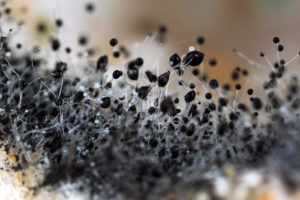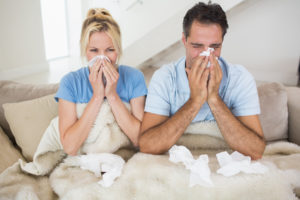Why Is It So Important to Treat for Mold Spores?

Why Is It So Important to Treat for Mold Spores?
Have you scrubbed away the last vestiges of visible surface mold and think you’re in the clear? Not so fast! The NYC mold removal professionals at Stern want you to understand why this may be the tip of the mold-cleaning iceberg.
A Hidden Menace
Mold is challenging to eliminate due not only to its common prevalence, but its ability to grow in every hard to reach nook-and-cranny of your home – from wall cracks to carpet fibers, and the backside of tile and wallpaper. Common household cleaners and bleach are not enough to kill mold spores, they only slow their development for a short time, masking mold problems. Fungicides can help, but mold problems will only end when no hidden, dormant spores remain.
The Importance of Treatment
Treating for spores and eliminating moisture sources, rather than simply removing visible evidence of mold, are essential to kicking mold to the curb for good. Invisible to the naked eye and smaller than a single strand of hair, mold spores don’t simply die with time, but remain dormant, lurking in the shadows until conditions are favorable for their return. Spreading easily, they can quickly contaminate other areas of your home, creating more damage with each passing day.
Dormant & Dangerous
Even dormant, musty odors and associated health issues will persist, ranging from itchy, runny eyes to allergic reactions and upper respiratory symptoms including coughing and wheezing with exposure to spores.
Tracking Down Hidden Spores
The NYC mold removal experts at Stern Mold have the equipment and experience to track-down and eliminate hidden mold. Contact us to learn more about our highly effective, non-toxic mold removal process today.



